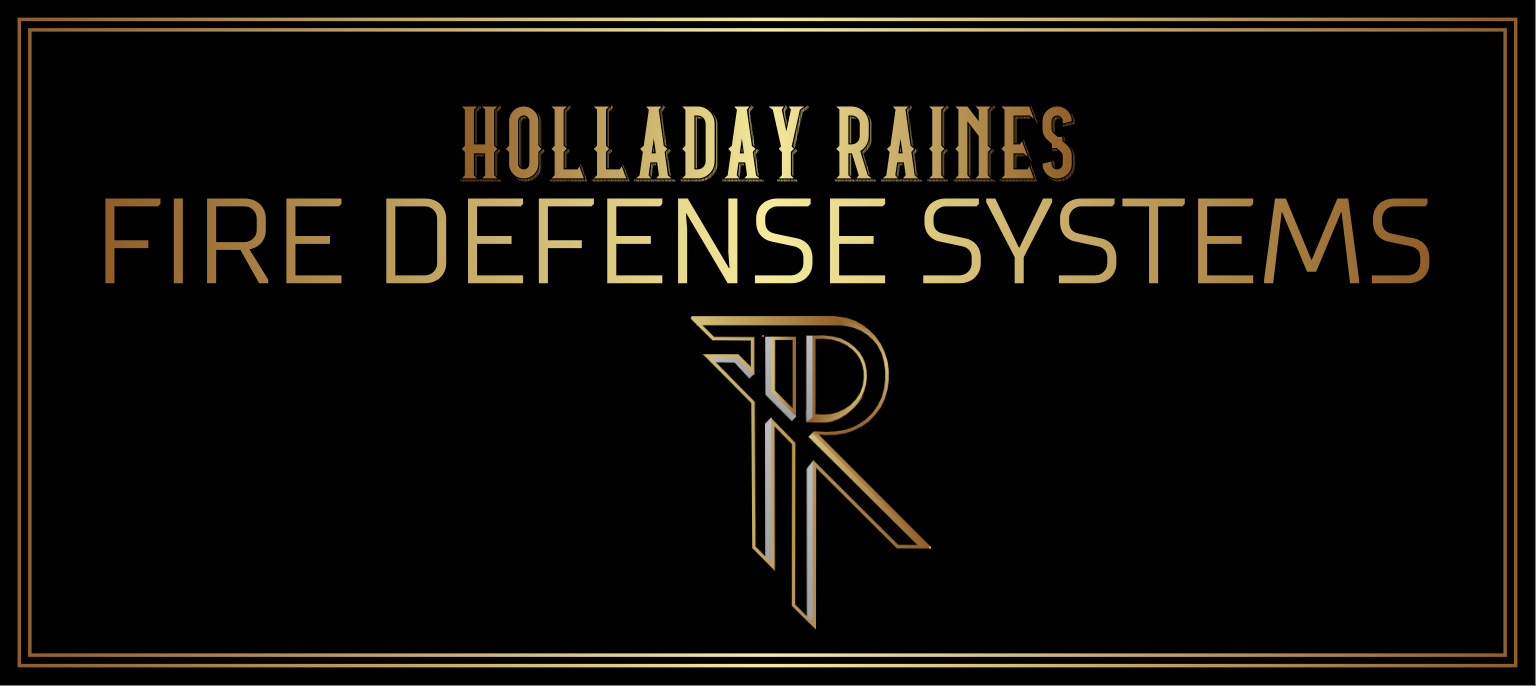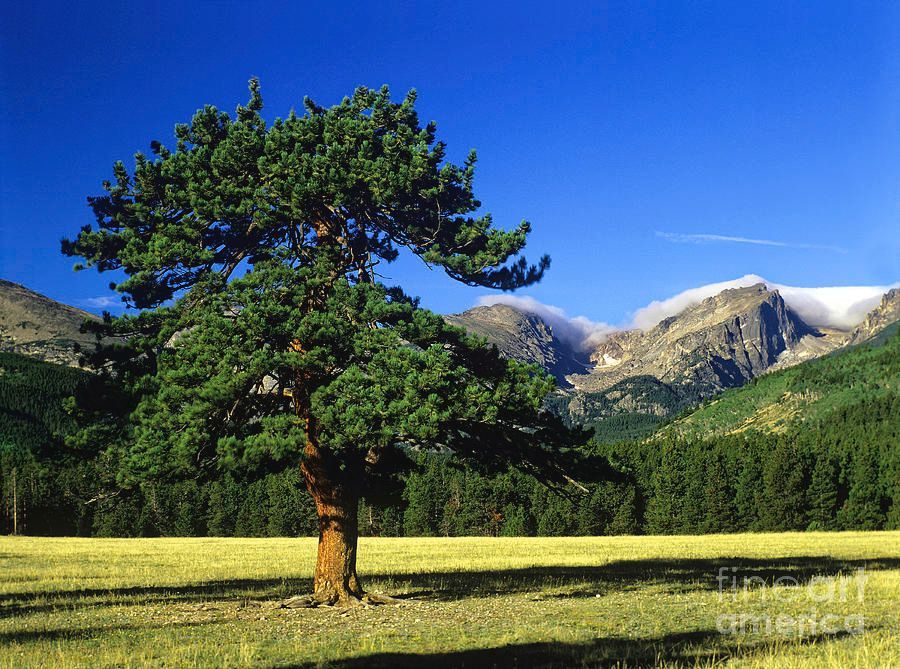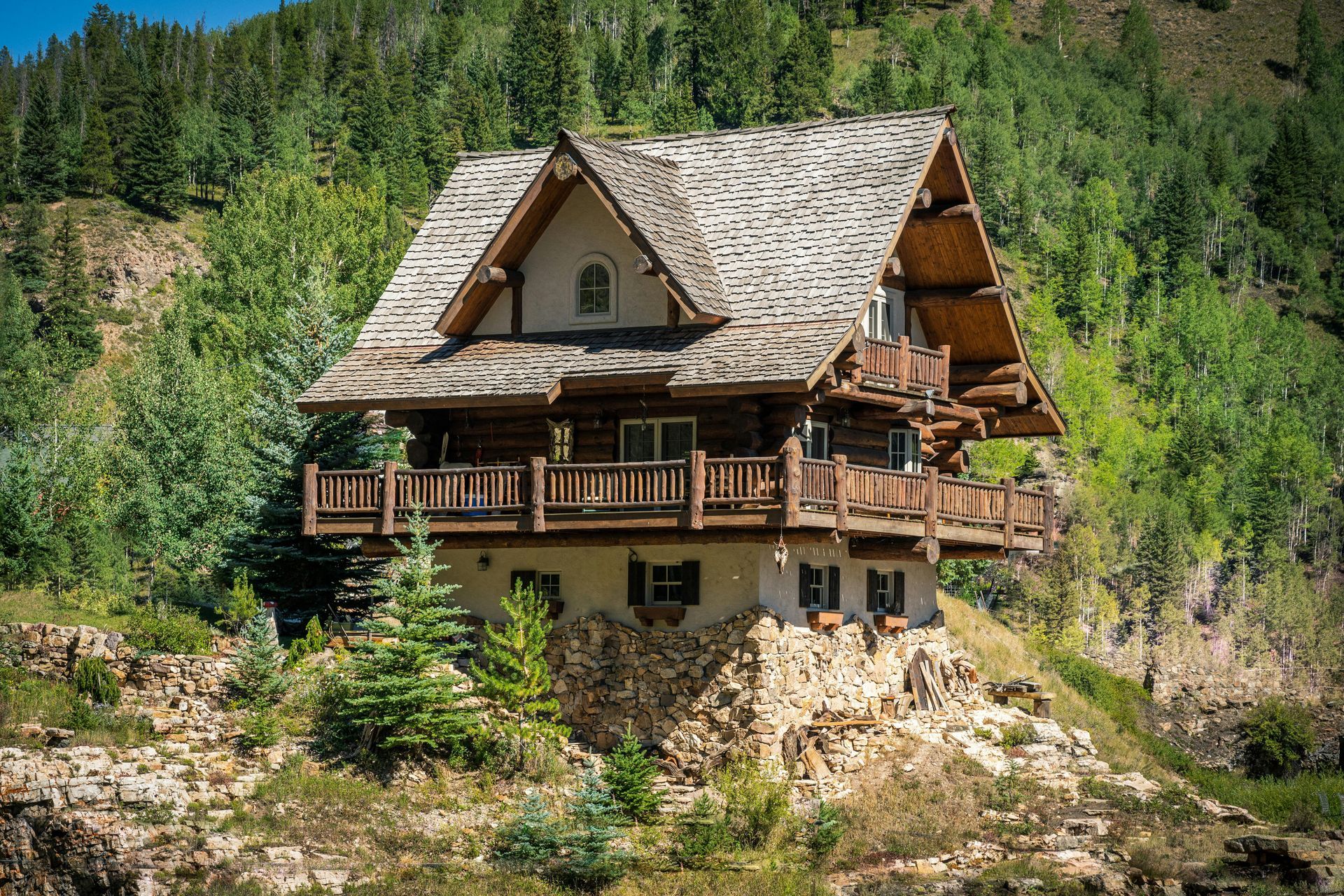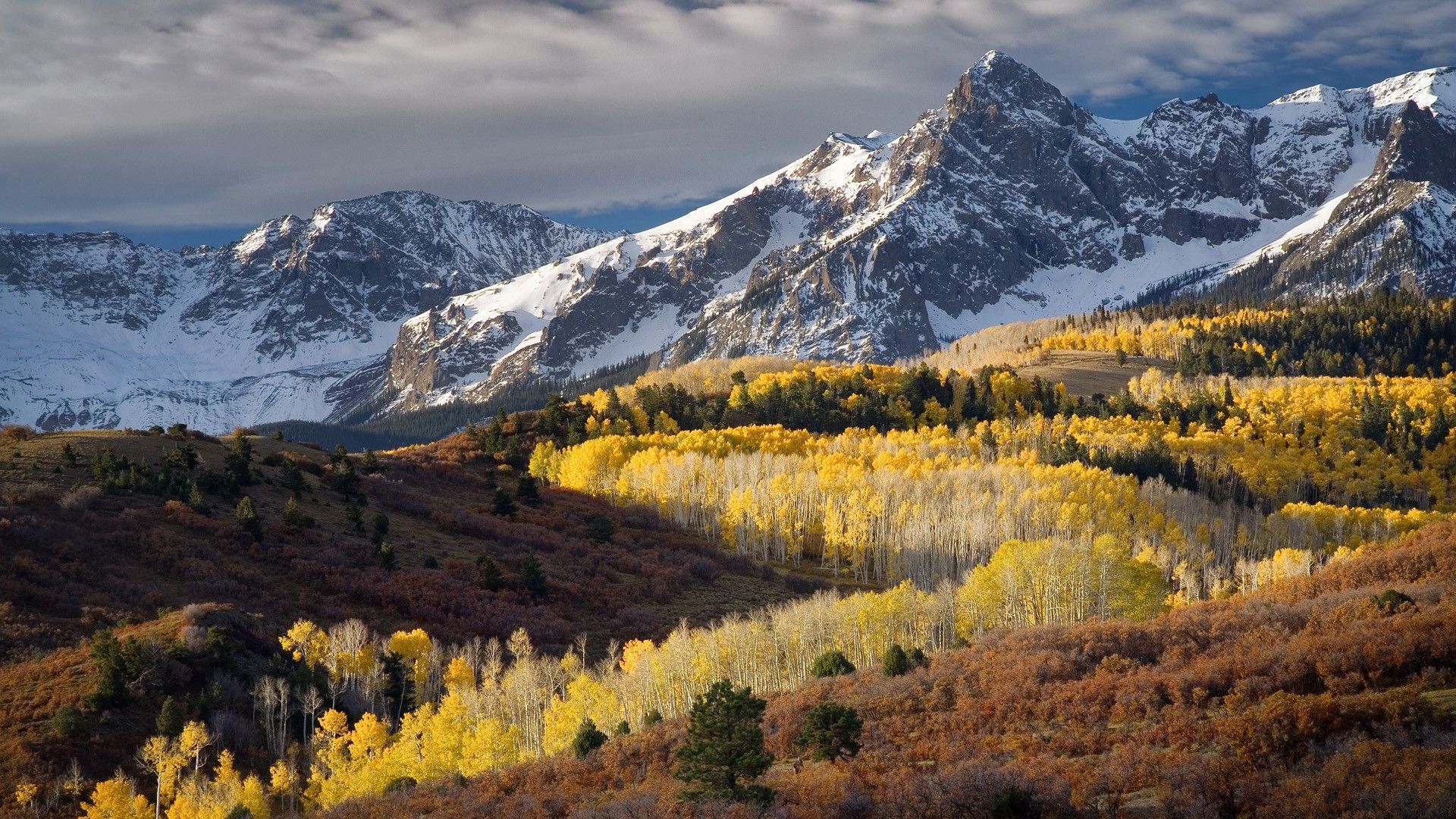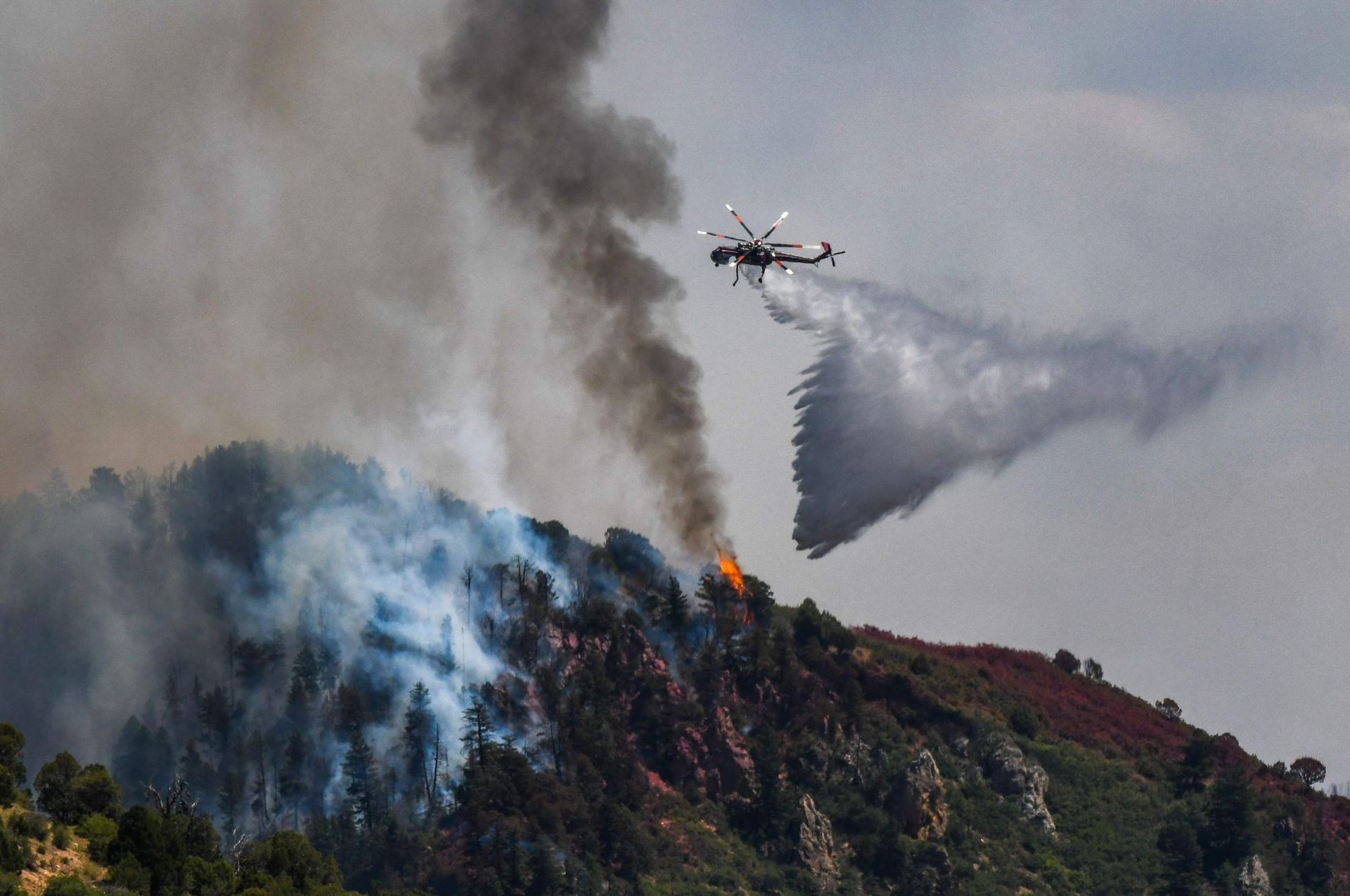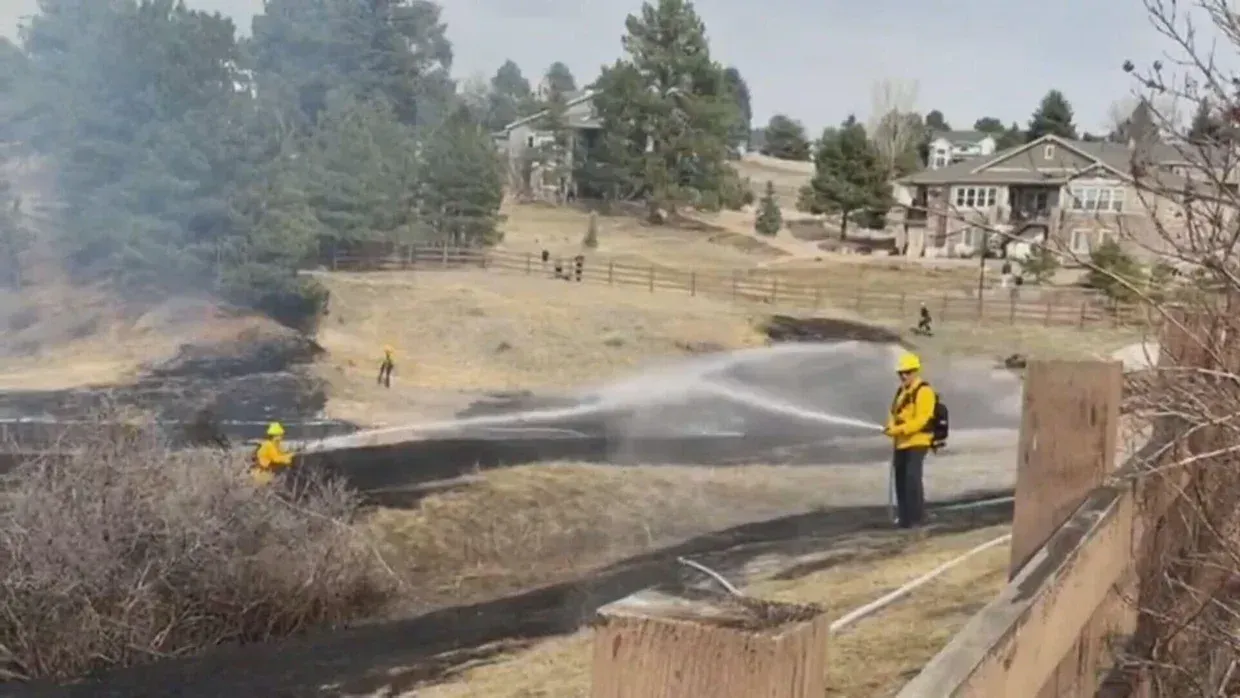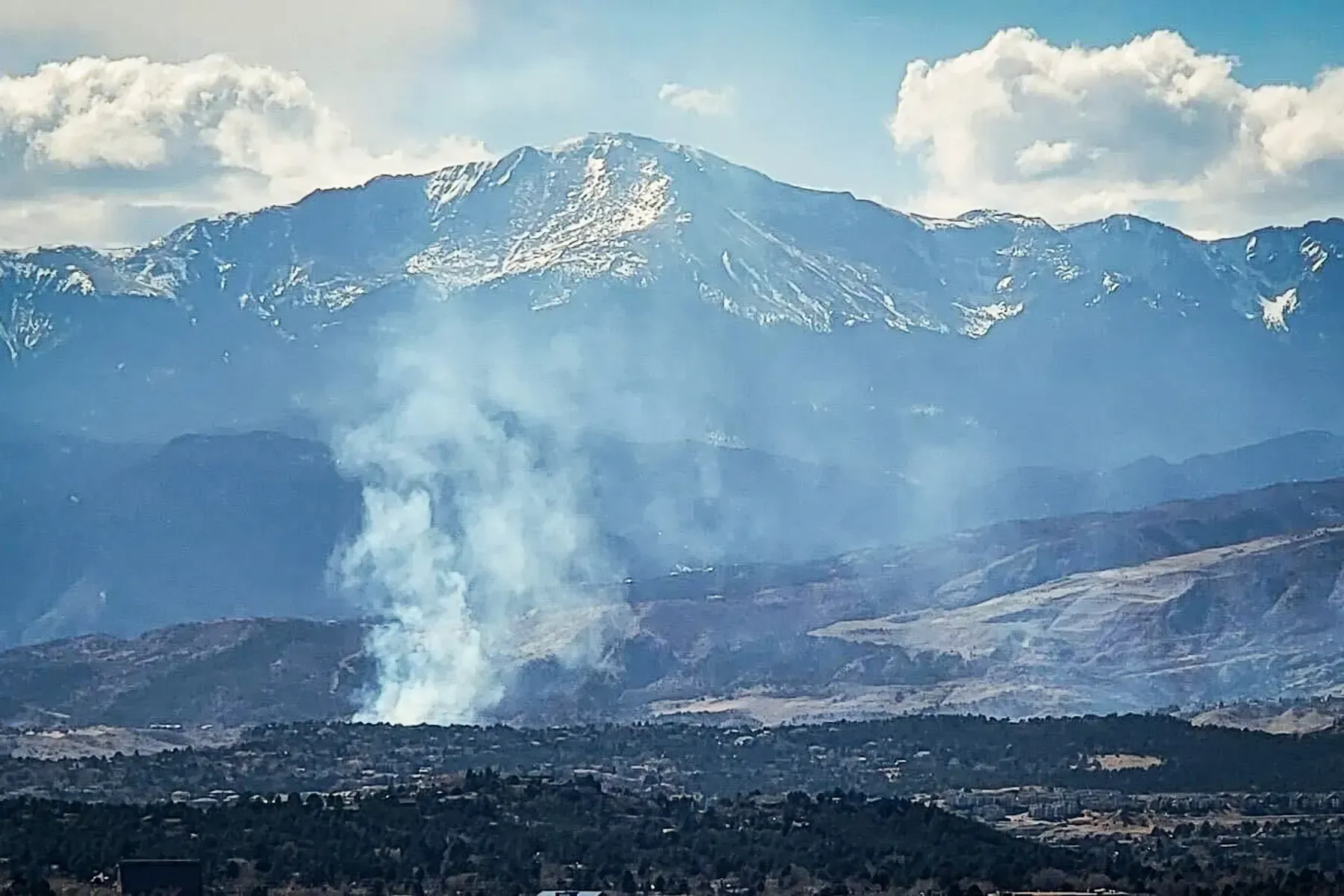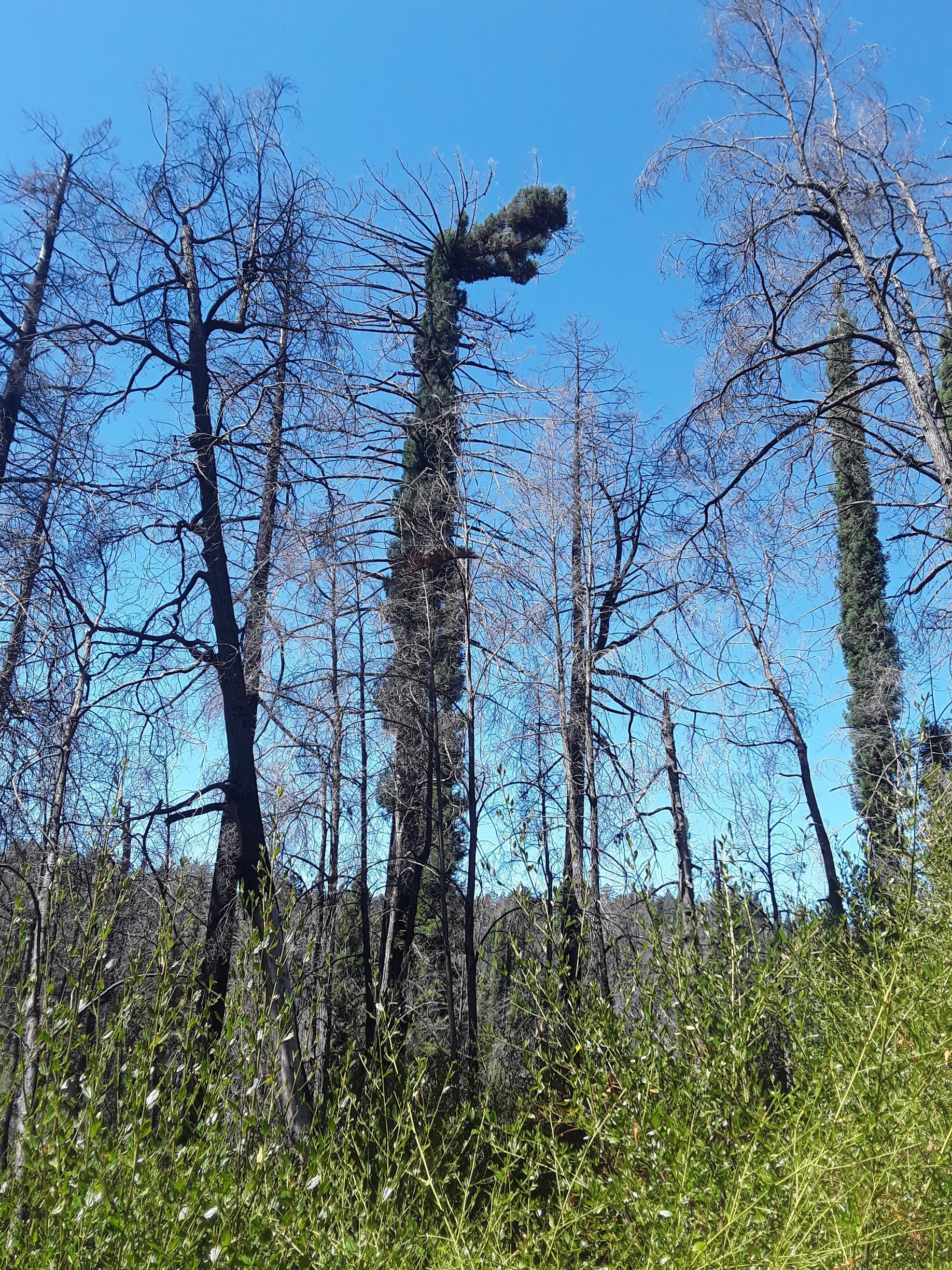Fire Resistant Plants and Landscaping for the Colorado Front Range
Tips for keeping your home beautiful and safe.
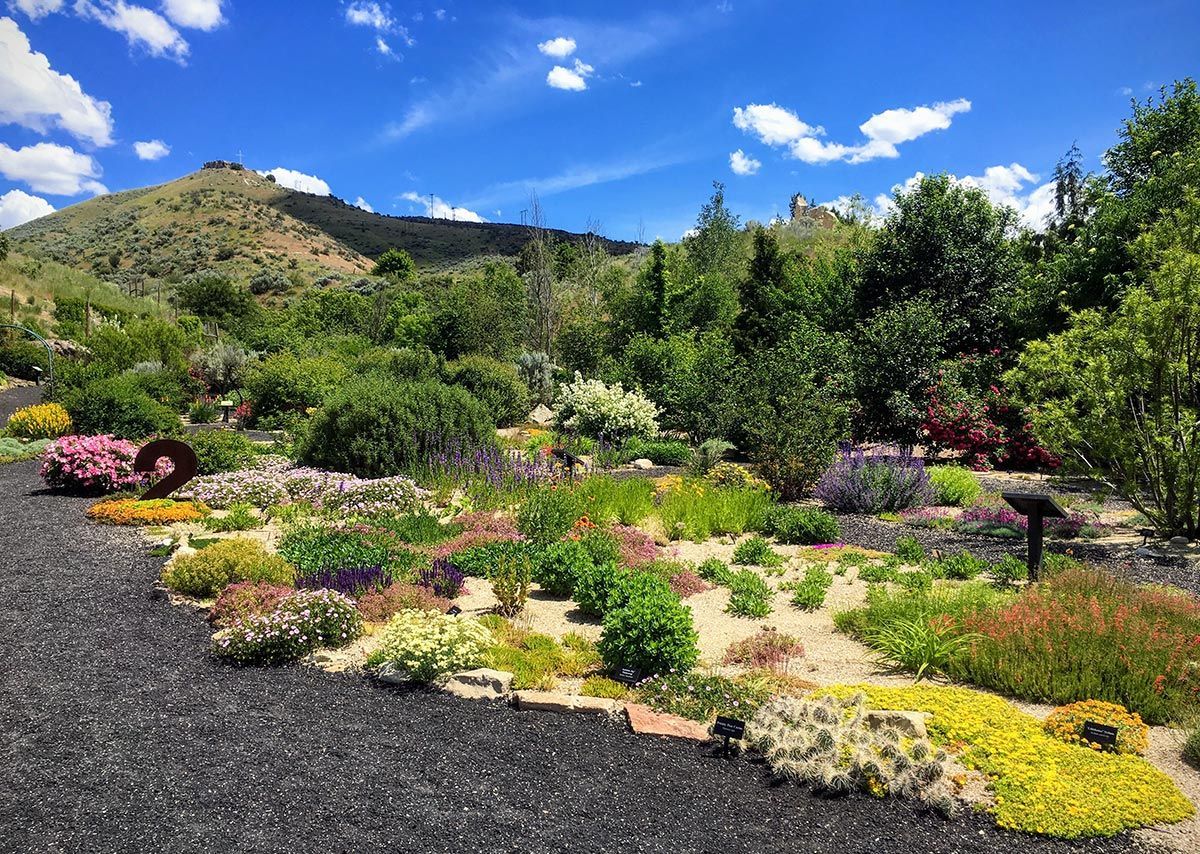
Fire-Resistant Plants and Landscaping for the Colorado Front Range: A Smart and Safe Approach
Living in the Colorado Front Range offers breathtaking views and a climate that can be as stunning as it is challenging. However, with its beautiful natural landscapes comes the risk of wildfires, especially in the dry summer months. As wildfires become a more frequent threat, homeowners and landscapers in this area are turning to fire-resistant plants and landscaping techniques to reduce the risk of fires spreading to homes and properties.
If you live in the Colorado Front Range, here’s everything you need to know about creating a fire-resistant landscape that is not only safe but also vibrant and sustainable.
Why Fire-Resistant Landscaping Matters
Colorado’s Front Range is particularly vulnerable to wildfires due to the combination of dry weather, high winds, and abundant natural fuels such as grass and shrubbery. Landscaping plays a crucial role in slowing the spread of fires to your home. Fire-resistant plants and design strategies can help protect your property while adding beauty and biodiversity to your landscape.
Fire-resistant landscaping isn’t about preventing fires entirely but reducing the chance that your property will catch fire during a wildfire event. The goal is to use plants, hardscaping materials, and design strategies that reduce the amount of flammable material around your home.
Key Principles of Fire-Resistant Landscaping
- Create Defensible Space
Defensible space is a buffer zone between your home and potential fire hazards. It typically includes the area within 30 feet of your home. Here’s how to create effective defensible space:
- Remove dead vegetation and fallen leaves regularly, as they can quickly catch fire.
- Trim trees and shrubs to remove dead branches, especially those close to the house. Aim for a 10-foot clearance between tree canopies and other vegetation.
- Use mulch sparingly—opt for inorganic mulch such as gravel or stones, which are less flammable than organic mulch.
- Use Fire-Resistant Plants
One of the most effective ways to enhance your defensible space is by incorporating fire-resistant plants. These plants are less likely to ignite and spread flames to your home. The key is to select species that are adapted to the Front Range's climate, drought conditions, and fire safety needs.
Fire-Resistant Plants for the Colorado Front Range
When choosing plants, look for species that are both fire-resistant and well-suited to Colorado’s arid climate. Many drought-tolerant plants naturally have thicker, moisture-rich foliage and lower oil content, making them less likely to catch fire.
1. Shrubs and Groundcovers:
- Mountain Mahogany (Cercocarpus montanus) – A hardy shrub with low flammability that grows well in the Front Range’s dry conditions.
- Pinyon Pine (Pinus cembroides) – A small evergreen tree that is fire-resistant when maintained properly.
- Apache Plume (Fallugia paradoxa) – A beautiful shrub with delicate flowers that is fire-resistant and grows well in rocky soil.
- Bearberry (Arctostaphylos uva-ursi) – A low-growing evergreen groundcover that’s naturally resistant to fire.
2. Perennials:
- Blanket Flower (Gaillardia spp.) – This vibrant perennial is drought-tolerant and low-maintenance, making it a great fire-resistant option.
- Purple Coneflower (Echinacea purpurea) – Known for its medicinal properties, this flower is both beautiful and fire-resistant.
- Yucca (Yucca glauca) – A succulent that thrives in dry conditions, Yucca is an excellent choice for fire-resistant landscaping.
3. Trees:
- Gambel Oak (Quercus gambelii) – A native oak that is fire-resistant when properly maintained. It can provide excellent shade and is drought-tolerant.
- Aspen (Populus tremuloides) – Aspen trees have a high moisture content in their leaves and are naturally fire-resistant.
- Blue Spruce (Picea pungens) – Colorado’s state tree, it’s hardy and fire-resistant when cared for.
Design Tips for a Fire-Resistant Landscape
- Zoning Your Landscape
Consider creating “zones” around your home. These include:
- Zone 1 (0-5 feet from the home): This is the most critical area. Use non-combustible materials such as stone, gravel, or concrete for hardscaping. Keep plants well-irrigated and low-growing.
- Zone 2 (5-30 feet): Plant low-maintenance, fire-resistant shrubs and perennials. Space plants far apart to prevent fire from jumping between them.
- Zone 3 (30 feet+): In this outer zone, keep trees well-pruned, remove dead vegetation, and maintain defensible space.
- Group Plants by Water Needs
Choose fire-resistant plants that also have similar water needs. Grouping plants this way ensures that they thrive without over- or under-watering. A well-watered plant is less likely to catch fire. - Hardscaping Elements
Incorporate fire-resistant materials like gravel, stone, or pavers in your design. These elements can act as fire breaks and add visual interest to your landscaping. Using non-flammable paths and patios also helps prevent fire from reaching your home. - Watering Strategies
Maintaining moisture in your plants is crucial for fire prevention. Create an irrigation system that ensures deep watering for fire-resistant plants while avoiding over-watering that leads to water waste. Mulching helps retain soil moisture, but avoid organic mulch close to your house, as it can easily catch fire.
Final Thoughts
As wildfires become a more frequent and dangerous risk in Colorado, creating a fire-resistant landscape should be a priority for all homeowners. By choosing fire-resistant plants, incorporating strategic design elements, and maintaining defensible space, you can help protect your property while enhancing its beauty and sustainability. With a little foresight and planning, your Colorado Front Range landscape can be both fire-resistant and a haven for native plants and wildlife.
Remember, fire-resistant landscaping doesn’t mean “fireproof,” but it significantly reduces the chances of a wildfire reaching your home. It’s all about making your property safer, smarter, and more resilient against the unpredictable wildfires that are becoming an increasingly common part of life in Colorado.
